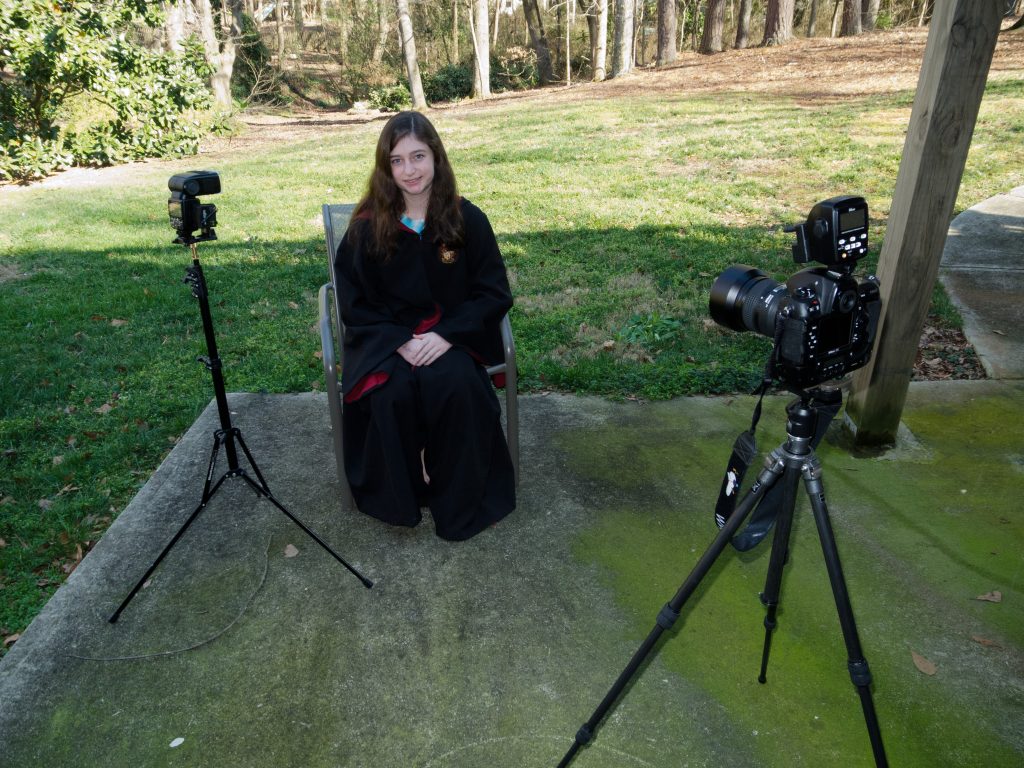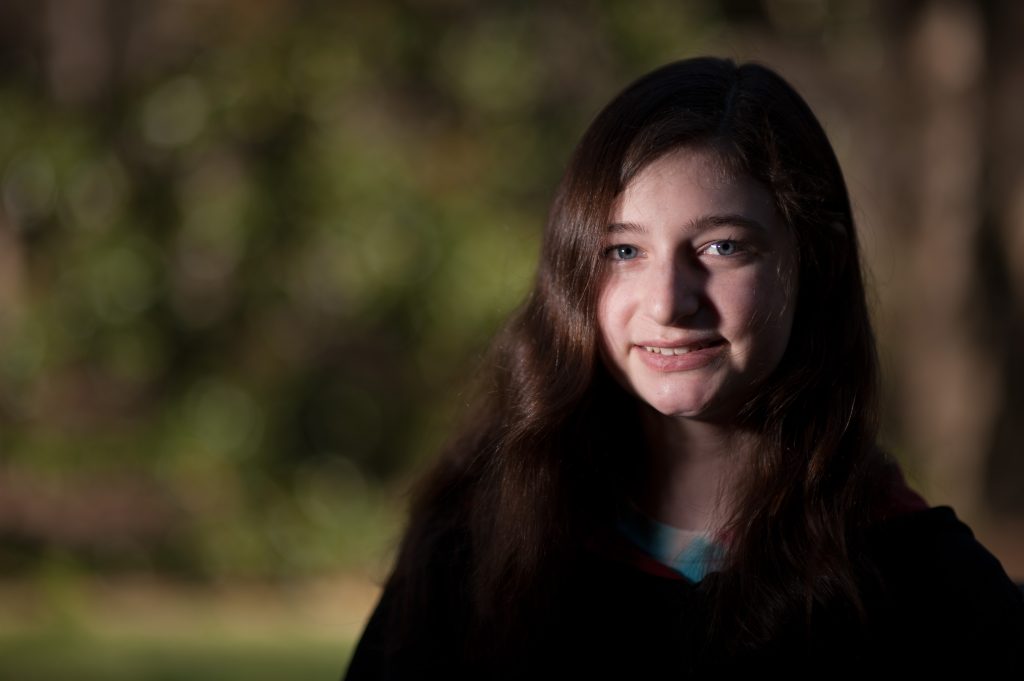
When I first wrote about using off-camera flash, I realized I needed to revisit the topic and highlight some points.
ISO, Shutter Speed, Aperture, and +/-
A few things will affect your ability to get proper exposure. Let’s set each of these on a Nikon so that everything will work.
ISO – Be sure you are not using Auto ISO. Start with the lowest ISO and adjust for various reasons. For example, you may want to up the ISO to help open the background.
Enter the menu and set the Auto FP high sync speed to 250*. Auto FP High-Speed Sync is a flash mode used for fill-flash photography under brightly lit conditions. When set, you can shoot faster than 1/250 sync speed and do this only with your Nikon Speedlight system.
Set the flash setting to Slow Sync or Rear Sync. I prefer Slow Sync for almost everything. If needed, this will fire the flash, and, the shutter may stay open for longer, but this will freeze the subject when you push the shutter. If you choose Rear Sync, the flash will fire at the end of the shutter cycle. You may not know when the flash fires using this setting.
Please refer to the older posts on this to learn how to control the amount of light on the subject and how to control the background.
Ambient Light and Flash Combined
Improve your Flash photos by not lighting everything
Flash Over Exposing
First, be sure to turn the flash as far down as possible. Using the SU-800, it will go to -3 Stops.
If you still feel overexposed, your ISO is usually set too high. Lower your ISO setting.

The background is too dark.
Crank up the ISO and double-check to be sure you have Slow Sync chosen. Otherwise, you will be syncing at the lowest shutter speed, about 1/60. You may need to be slower.
The background is controlled by the camera +/- exposure compensation dial and ISO.
Flash is too bright or dark.
Remember, the control for this is the SU-800 or the master setting in the pop-up flash on the models having this control.

